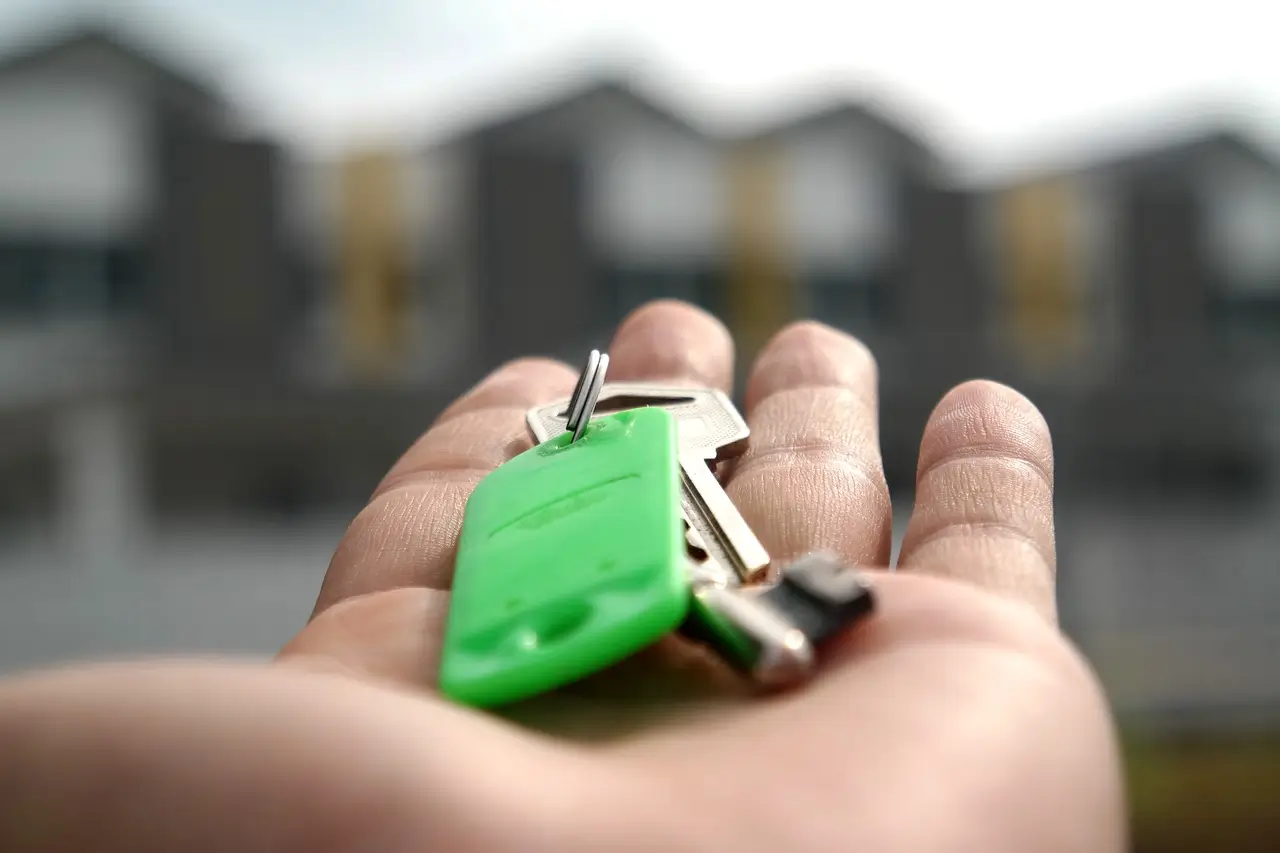How to Budget for Home Maintenance and Repairs
Home maintenance can sneak up on you if you’re not prepared. That leaky roof or creaky floorboard isn’t going to fix itself. In this guide, we’ll show you how to budget for home maintenance and repairs so you’re never caught off guard. Whether you’re a new homeowner or just looking to get more organized, these tips will keep your home in top shape without breaking the bank. Let’s dive into how you can save stress, time, and money.
How to Budget for Home Maintenance and Repairs
Keeping your home in good condition requires regular maintenance and occasional repairs. Budgeting for these expenses can seem daunting, but with a clear plan, it becomes manageable and even straightforward. Here’s a detailed look at how you can effectively budget for home maintenance and repairs, ensuring your home remains a safe and comfortable place to live.
Understanding Home Maintenance Costs
Home maintenance costs can vary widely depending on the age of your home, its size, and where you live. It’s essential to have a basic understanding of these costs to create an accurate budget.
The 1% Rule
A common rule of thumb is to set aside at least 1% of your home’s purchase price each year for maintenance. For example, if your home costs $300,000, you should budget $3,000 annually for maintenance.
Factors Affecting Costs
- Age of the Home: Older homes typically require more maintenance.
- Location: Homes in areas with extreme weather may need more frequent repairs.
- Condition: The current condition of your home can impact future maintenance needs.
Real-Life Example
Sarah bought a home for $250,000 and budgets $2,500 annually for maintenance. Her home is ten years old, so she also considers potential costs for updating and repairs that come with older homes.
Creating a Maintenance Schedule
A well-planned maintenance schedule helps you stay on top of necessary tasks and avoid unexpected repairs.
Monthly Tasks
- Check and replace HVAC filters.
- Inspect and clean kitchen vent hoods.
- Test smoke and carbon monoxide detectors.
Quarterly Tasks
- Check for leaks and repair caulking around sinks and tubs.
- Inspect the exterior drainage.
- Service HVAC systems.
Annual Tasks
- Clean gutters and downspouts.
- Inspect the roof and repair any damage.
- Service and maintain your heating system.
Real-Life Example
John follows a maintenance schedule where he checks his HVAC filters monthly, cleans his gutters every fall, and inspects his roof each spring to catch any damage from winter storms.
Setting Up a Home Maintenance Fund
A home maintenance fund is a dedicated savings account for your maintenance and repair expenses.
Automatic Transfers
Set up automatic transfers from your checking account to your maintenance fund to ensure you consistently save.
In addition to regular maintenance savings, maintain an emergency fund for unexpected repairs like a broken water heater or roof damage.
Real-Life Example
Emily set up an automatic transfer of $200 per month to her maintenance fund, accumulating $2,400 a year. She also keeps a $5,000 emergency fund for larger, unexpected repairs.
Prioritizing Repairs
Not all repairs need to be addressed immediately. Prioritizing helps you manage costs and focus on critical issues first.
Safety First
Always prioritize repairs that affect the safety of your home, such as electrical issues or structural damage.
Preventative Maintenance
Address minor issues before they become major problems. Fixing a small leak promptly can prevent expensive water damage later.
Real-Life Example
When Mike noticed a small crack in his foundation, he prioritized it because it could lead to severe structural issues. By addressing it early, he avoided more costly repairs.
DIY vs. Professional Help
Deciding when to tackle a project yourself and when to hire a professional can impact your budget significantly.
DIY Projects
Simple tasks like painting, minor plumbing repairs, and landscaping can often be done yourself to save money.
When to Hire a Professional
For complex tasks such as electrical work, major plumbing issues, or roof repairs, it’s usually best to hire a professional to ensure the job is done correctly and safely.
Real-Life Example
Lisa repainted her living room herself, saving on labor costs. However, she hired a professional to replace her home’s outdated electrical system to ensure it was up to code and safe.
Regular Inspections
Regular inspections help identify potential issues early, allowing you to address them before they escalate into costly repairs.
Professional Inspections
Hire professionals to inspect critical systems like HVAC, plumbing, and electrical annually.
Self-Inspections
Conduct self-inspections of your home’s exterior, roof, and basement regularly to spot issues like water damage, pest infestations, or structural concerns.
Real-Life Example
David schedules annual HVAC and plumbing inspections, ensuring these systems are functioning efficiently. He also walks around his property every few months to check for signs of damage or wear.
Seasonal Maintenance Tips
Different seasons bring different maintenance challenges. Being prepared can save you money and prevent damage to your home.
Spring
- Inspect your roof for damage from winter storms.
- Clean gutters and downspouts to ensure proper drainage.
- Service your air conditioning system before the hot weather arrives.
Summer
- Check your deck and patio for any repairs or sealing needs.
- Inspect your windows and doors for air leaks.
- Clean and repair your outdoor grill and other summer equipment.
Fall
- Clean and inspect your chimney and fireplace.
- Service your heating system to prepare for colder weather.
- Rake leaves and check for proper drainage to avoid water pooling.
Winter
- Inspect and clean your snow removal equipment.
- Check insulation in your attic and around pipes to prevent freezing.
- Ensure your smoke and carbon monoxide detectors are functioning properly.
Real-Life Example
After a harsh winter, Karen inspects her roof for any missing shingles and cleans her gutters in the spring to prevent water damage. In the fall, she services her furnace to ensure it’s ready for the winter months.
Planning for Major Home Repairs
Some home repairs are inevitable and costly, such as replacing a roof or upgrading an HVAC system. Planning for these major expenses can help you manage your finances effectively.
Roof Replacement
Roofs typically need replacement every 20-30 years. Knowing the age of your roof and its expected lifespan helps you plan and save for this major expense.
HVAC System
HVAC systems generally last 15-20 years. Regular maintenance can extend their life, but be prepared for the eventual need for replacement.
Plumbing and Electrical Systems
Older homes may require updates to plumbing and electrical systems to meet modern standards. Budgeting for these upgrades can prevent unexpected financial strain.
Real-Life Example
Knowing that her roof was nearing 25 years old, Maria started saving specifically for a roof replacement. When the time came, she had enough funds set aside, avoiding the need for a high-interest loan.
Tips for Reducing Home Maintenance Costs
Maintaining your home doesn’t have to break the bank. Here are some strategies to reduce costs while keeping your home in good shape.
Regular Maintenance
Regular maintenance tasks can prevent costly repairs down the road. Simple actions like cleaning gutters and changing HVAC filters can extend the life of your home’s systems.
Energy Efficiency Upgrades
Investing in energy-efficient appliances and home improvements can save you money on utility bills and qualify you for tax credits or rebates.
Shop Around for Services
Get multiple quotes for any repair or maintenance services. Comparing prices and checking reviews can help you find the best value for your money.
Do It Yourself
Many maintenance tasks can be done yourself with a little research and effort. DIY projects save on labor costs and can be satisfying to complete.
Real-Life Example
Tom regularly changes his HVAC filters and cleans his gutters, preventing expensive issues. He also installed energy-efficient windows, reducing his energy bills and qualifying for a rebate.
Conclusion
Budgeting for home maintenance and repairs is an essential aspect of homeownership. By understanding the costs, setting up a maintenance fund, prioritizing repairs, and taking on DIY projects where feasible, you can keep your home in excellent condition without facing financial strain. Regular inspections and seasonal maintenance tasks further ensure that your home remains safe and comfortable. With careful planning and proactive measures, maintaining your home becomes a manageable and even rewarding part of your life.
FAQs
What is the 1% rule in home maintenance budgeting?
The 1% rule suggests setting aside at least 1% of your home’s purchase price annually for maintenance. For a $300,000 home, you should budget $3,000 per year.
How can I reduce home maintenance costs?
You can reduce costs by performing regular maintenance, investing in energy-efficient upgrades, shopping around for services, and taking on DIY projects.
What should be included in a home maintenance schedule?
A home maintenance schedule should include monthly, quarterly, and annual tasks such as checking HVAC filters, inspecting the roof, cleaning gutters, and servicing heating systems.
When should I hire a professional for home repairs?
Hire a professional for complex tasks like electrical work, major plumbing issues, and roof repairs to ensure safety and quality work.
How do I set up a home maintenance fund?
Set up a separate savings account for home maintenance and repair expenses, and consider setting up automatic transfers from your checking account to ensure consistent saving.
By following these guidelines, you can effectively manage your home maintenance budget, keeping your home in top condition and avoiding costly emergency repairs.






